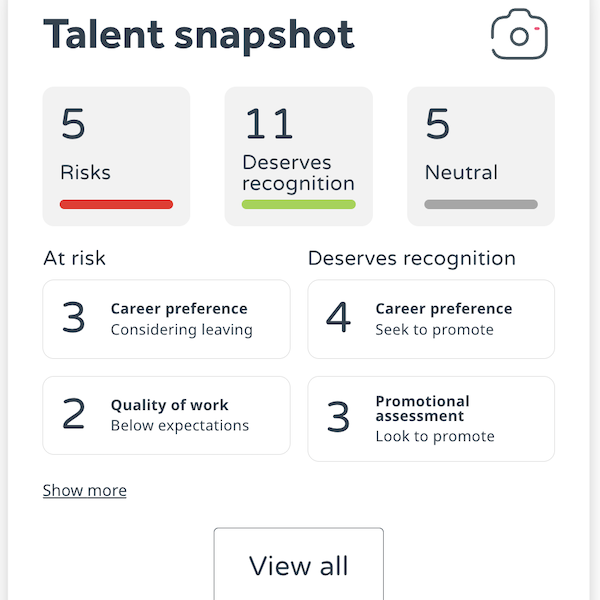Browse the web for ideas on ‘staff engagement’ or ‘how to motivate a team’ and you’ll come across a lot of phrases like ‘discretionary effort’ – the extra enthusiasm and output that is supposed to be available from a motivated and engaged team. I’d be happy to bet, though, that you’ll find rather fewer pages about practical ways of making it happen.
That is, in part, because you can’t just make staff engage, be motivated, or produce discretionary effort – they have to want to do it. So the question should not be “How can I get discretionary effort out of the staff”, but “Why would the staff want to go the extra mile for my company?”
The other reason practical help is thin on the ground is that staff engagement and team motivation are not hard concepts, ideas that we can directly understand, get excited about or ‘engage in’. They are abstract concepts, and in order to mean anything useful they have to be unpacked and turned into practical steps that improve quantifiable aspects of your staff’s (and your own) experience.
We suggest you can directly unpack ‘engagement’ into two main components. The first is the feeling of attachment that staff in well-run companies should have, to their work and the company’s aims. If staff have that feeling they will want to do their best work for you, so you could also call this motivation. But it’s no use staff having that feeling if the management don’t support and nurture them so they can learn and progress, developing that attachment as they go, so this is the second, vital component of engagement – the practical actions taken by the management as part of a genuine commitment to support the staff in order than they can want to engage.
Let’s look at that feeling of wanting to do something. Feelings – of which we are often not even conscious – can be immensely powerful – far more powerful than rational thoughts. People may want to do something that is illogical, unprofitable or even illegal, and even though friends might try to persuade them out of it they often do it anyway. They do it because they have an emotional attachment to the idea – they know they will get an emotional reward out of performing the activity, whatever it is, and that propels them into doing it.
So, in a business context, why would your staff want to put in discretionary effort, or even go to work at all? They might say “For the money” but in fact the money is a side-show – what they need is to feed, clothe and house their loved ones, support their hobbies, have a social life, learn and grow as they go through life, and so on. Money just enables them to do things they need at a fundamental level. So the effort put in at work is actually an attempt to get their real needs met.
Once you start looking at motivation at work in this way – as an attempt to meet human needs – and given that you have a clear picture of what all those needs are (there are rather more than are commonly listed), you can measure how well people’s needs are met by their activity in your workplace. This gives you astonishingly useful information about why your people want to do – or not do – the things you’re paying them for.
Armed with this information you can set about creating the conditions in which your people will want to work well on your behalf – attaching themselves to (or engaging with) your overall aims, and then working to meet those aims in ways that also meet their own needs (and hence motivate them to perform).
So it is possible to create motivation in staff – the employee side of engagement – but that’s only one half of equation. Equally vital is the work you do to engage with the staff, which means to nurture and support their efforts on your behalf. To do this, you need to establish a culture in which everyone knows that working well and engaging with the company goals will meet his or her needs, supporting that drive to perform. Each layer of the organisation has to have this done for them by the layer above, and to be active in helping their reports achieve the same engaged state. This doesn’t mean nannying your team – one thing they really need is a degree of autonomy or control over the way they work – but it does mean being sure that they have what they need to enable them to perform intelligently.
You can turn the woolly concept of motivation and engagement into hard numbers, and see how well your company is doing to motivate its staff, by using our free tool. This will show you how much employee time is currently wasted for one reason or another, and if you like that idea we can also show you how to do it!

